Rotting Cactus Treatment – Causes Of Stem Rot On Cactus
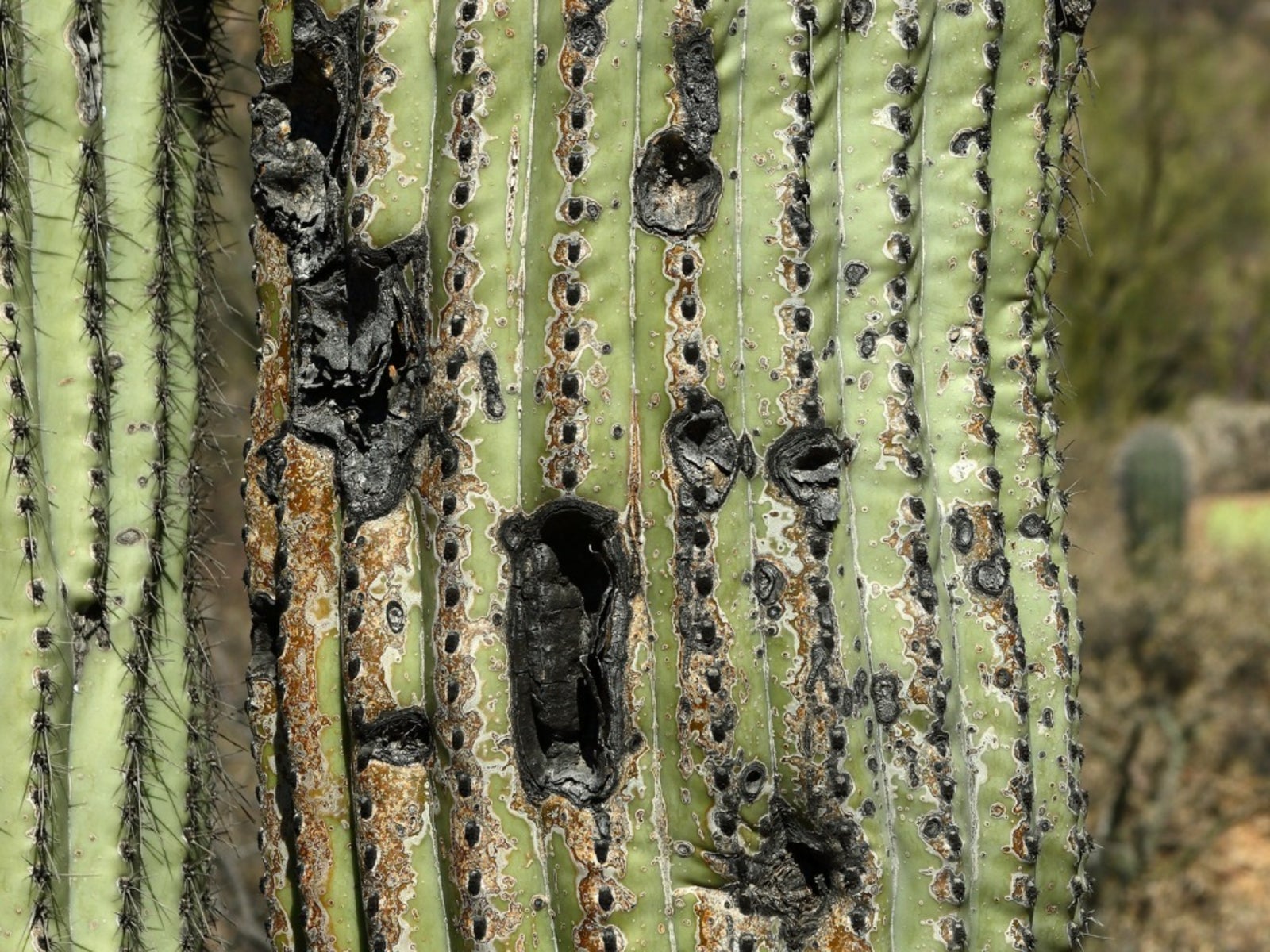

Recently, cacti and other succulents in fancy little glass terrariums have become a hot ticket item. Even big box stores have jumped on the bandwagon. You can go to almost any Walmart, Home Depot, etc. and purchase a cool little terrarium filled with a mix of live cacti and succulents. The problem with this, however, is they took a really cool idea and then figured out how to cheaply mass produce them. No thought is put into proper drainage of these terrariums or each plant's specific growing needs. To ensure that they'll stick together through shipping and stocking, pebbles or sand are glued into place around the plants. They are basically made to look nice, just long enough for them to be sold. By the time you purchase them, they could have been severely neglected, watered improperly, and sitting on death's doorstep because of Dreschlera fungus or other rot diseases. Continue reading to learn if you can save a rotting cactus.
Causes of Stem Rot on Cactus
Dreschlera fungus is commonly known as cactus stem rot. The first signs and symptoms of Dreschlera cactus stem rot that you may notice are yellow to dark brown or black spots on the cactus. However, these spots are just what you see on the surface. Damage on the inside of the plant could be much more severe. Stem rot on cactus plants usually begins near the bottom of the plant, then works its way up and throughout the plant. Dreschlera fungus is spread by spores that often infect plant tissues that are already damaged or weakened. Symptoms can progress to a complete rotting of the bottom of the plant, causing the top to tip over or the center of the plant may sink in upon itself, or the whole plant may suddenly look like a shrunken mummy of a cactus. Cactus stem rot can kill a plant in as little as four days. Some common factors that contribute to stem rot on cactus plants are overwatering or improper drainage, too much shade or humidity, and damaged plant tissues from insects, pets, humans, etc.
Rotting Cactus Treatment
Once a cactus plant has rotted so severely that the top has tipped over, has sunken in on itself, or looks like a shriveled mummy, it is too late to save it. If it is only showing some small spots of rot, there are a few things you can try to save a rotting cactus plant. First off, the plant should be removed from other plants, placed in a sort of quarantine, and forced into a mock drought. You can simulate drought by placing the plant in sand, not watering it at all, and using bright heat lamps. Sometimes, this is enough to kill small patches of Dreschlera fungus. You can also try to wash away fungal spots with q-tips or a small brush and disinfectant soap. Simply scrub away the yellow to black fungal spots. Fungal spots can also be cut out, but you will need to cut widely around the spots because healthy looking tissues around the spots may already be infected. If you choose to try either of these methods, be sure to sanitize your tools, brushes, or q-tips in rubbing alcohol or bleach and water between each scrub or cut. Immediately after scrubbing or cutting, spray the whole plant with copper fungicide, the fungicide Captan, or a bleach and water solution.
Gardening tips, videos, info and more delivered right to your inbox!
Sign up for the Gardening Know How newsletter today and receive a free copy of our e-book "How to Grow Delicious Tomatoes".
-
 Looking For Plants To Give You The Soft And Fuzzies? Try These 5 Fuzzy Leaf Plant Options
Looking For Plants To Give You The Soft And Fuzzies? Try These 5 Fuzzy Leaf Plant OptionsLovers of texture, drama, silver foliage and tactile plants will adore these special sensory garden additions. These fuzzy leaf plant options will leave you all aglow
By Susan Albert
-
 Get Ready For A Summer Of Hummers! Grow These Full Sun Hummingbird Plants and Flowers
Get Ready For A Summer Of Hummers! Grow These Full Sun Hummingbird Plants and FlowersIf you’re lucky enough to enjoy a sunny backyard, make sure you are maxing out on your pollinator opportunities and grow these full sun hummingbird plants and flowers
By Tonya Barnett
-
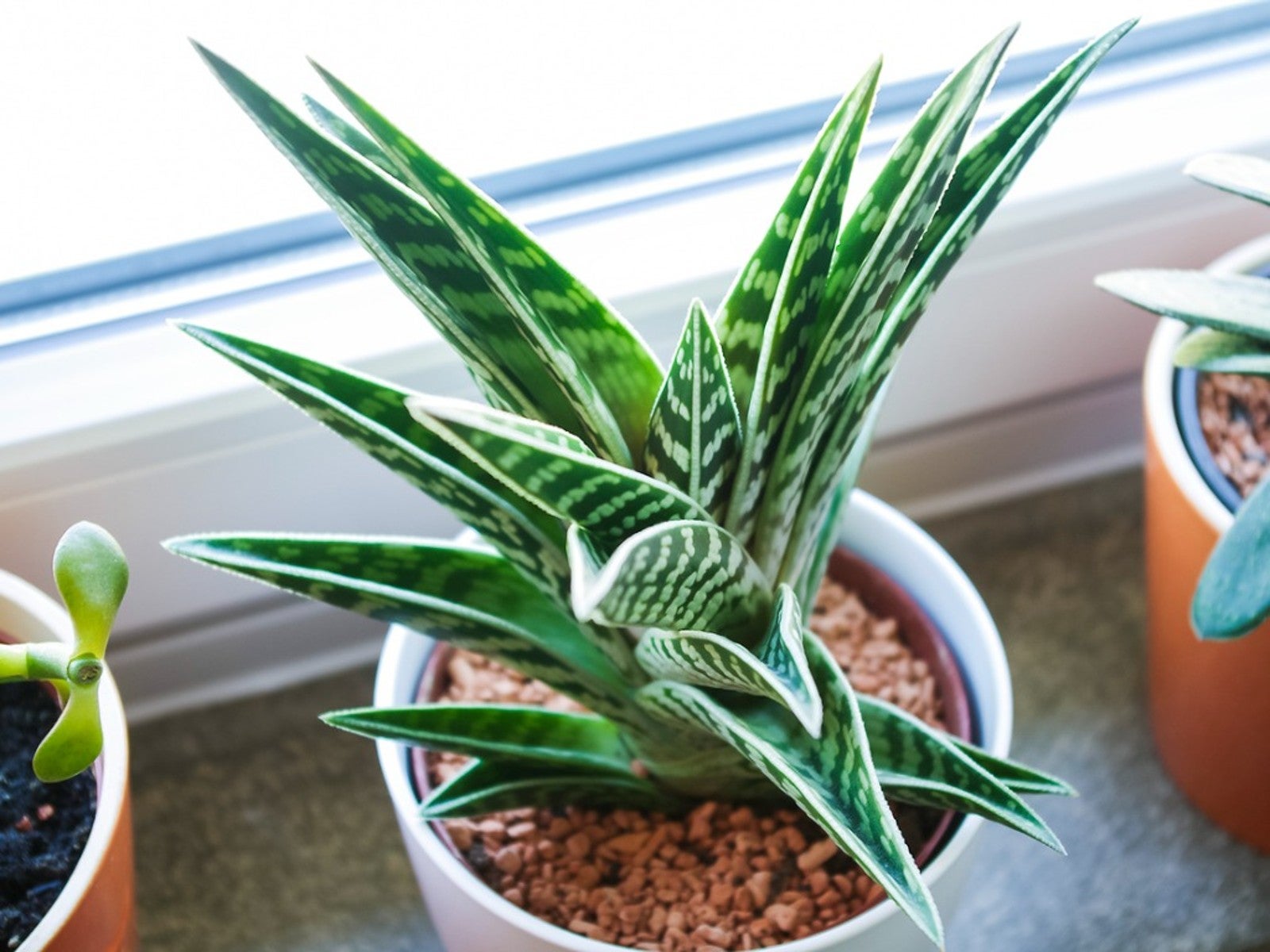 Variegated Succulents To Add To Your Plant Collection
Variegated Succulents To Add To Your Plant CollectionRead about some of the pretty variegated species that add beauty and interest to your succulent collection.
By Becca Badgett
-
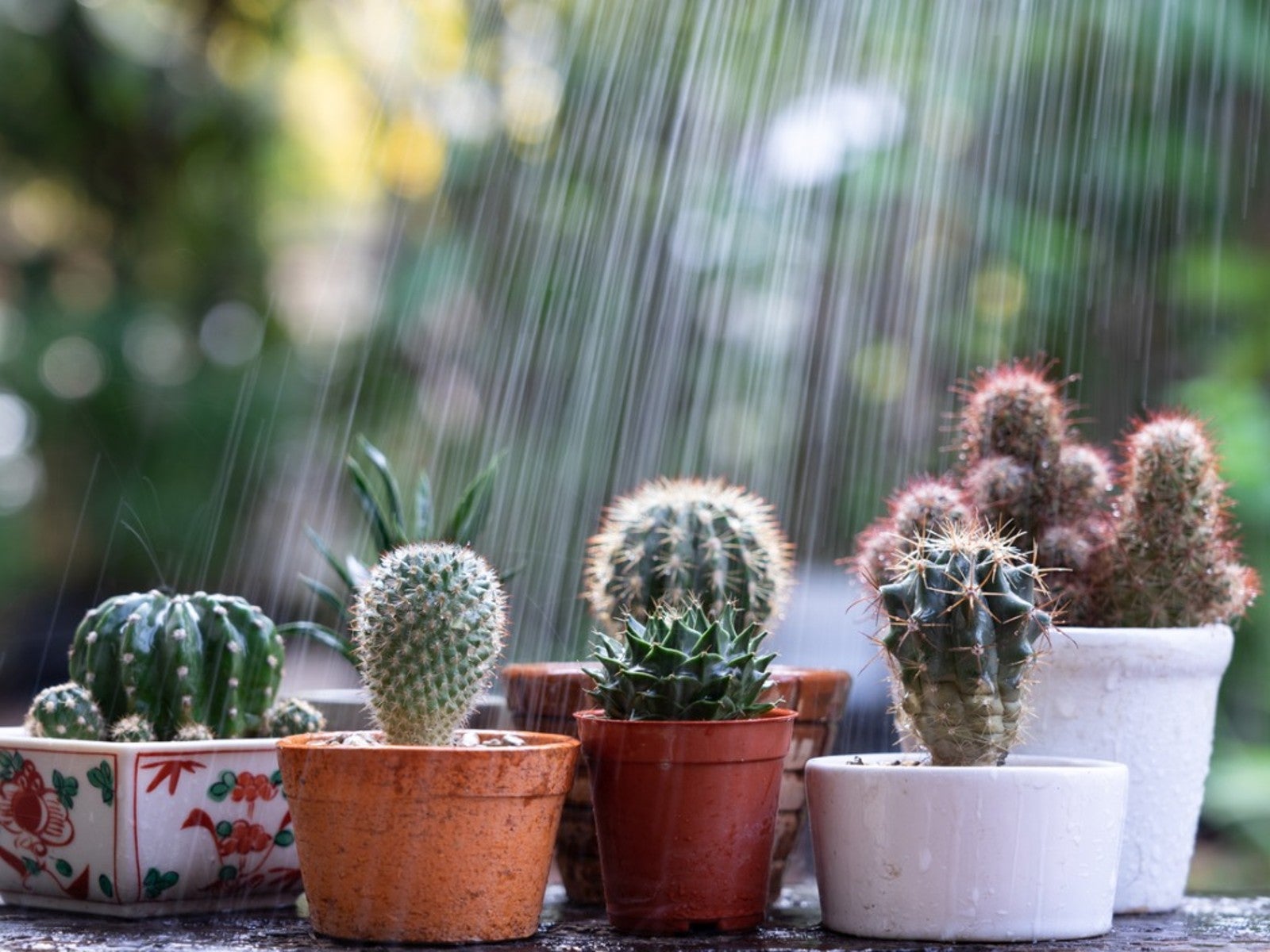 How To Protect Succulents And Cacti From Rain
How To Protect Succulents And Cacti From RainRain has the potential to cause damage to our cacti and succulents. However, when planted in proper soil, rainfall may perform as just a deep watering. Read on for more.
By Becca Badgett
-
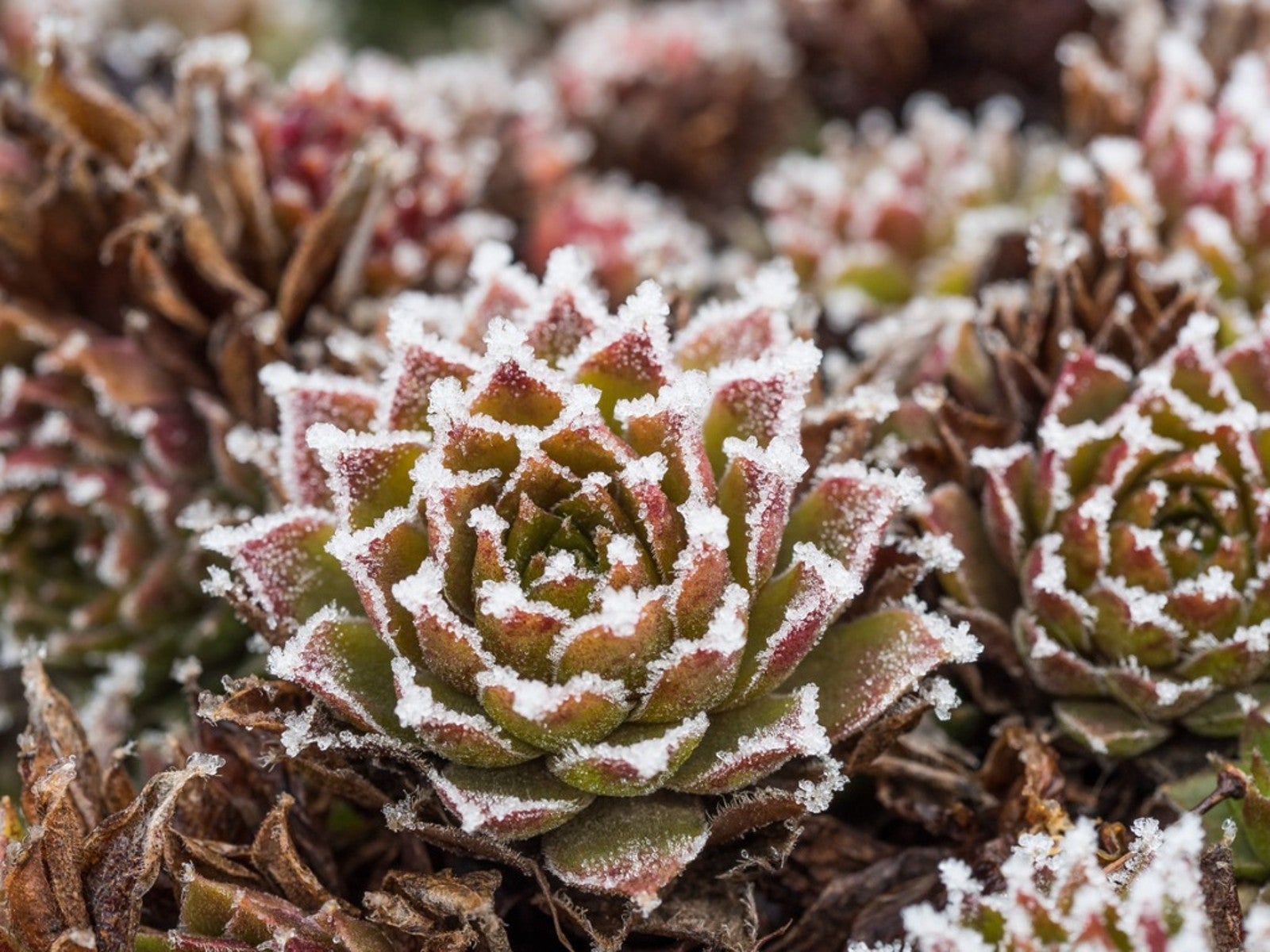 Succulents and Frost: How To Save A Succulent From Frost Or Freeze
Succulents and Frost: How To Save A Succulent From Frost Or FreezeCan succulents withstand cold? Succulents and frost don't traditionally go together and can result in damage, but you may be able to save frozen succulents.
By Bonnie L. Grant
-
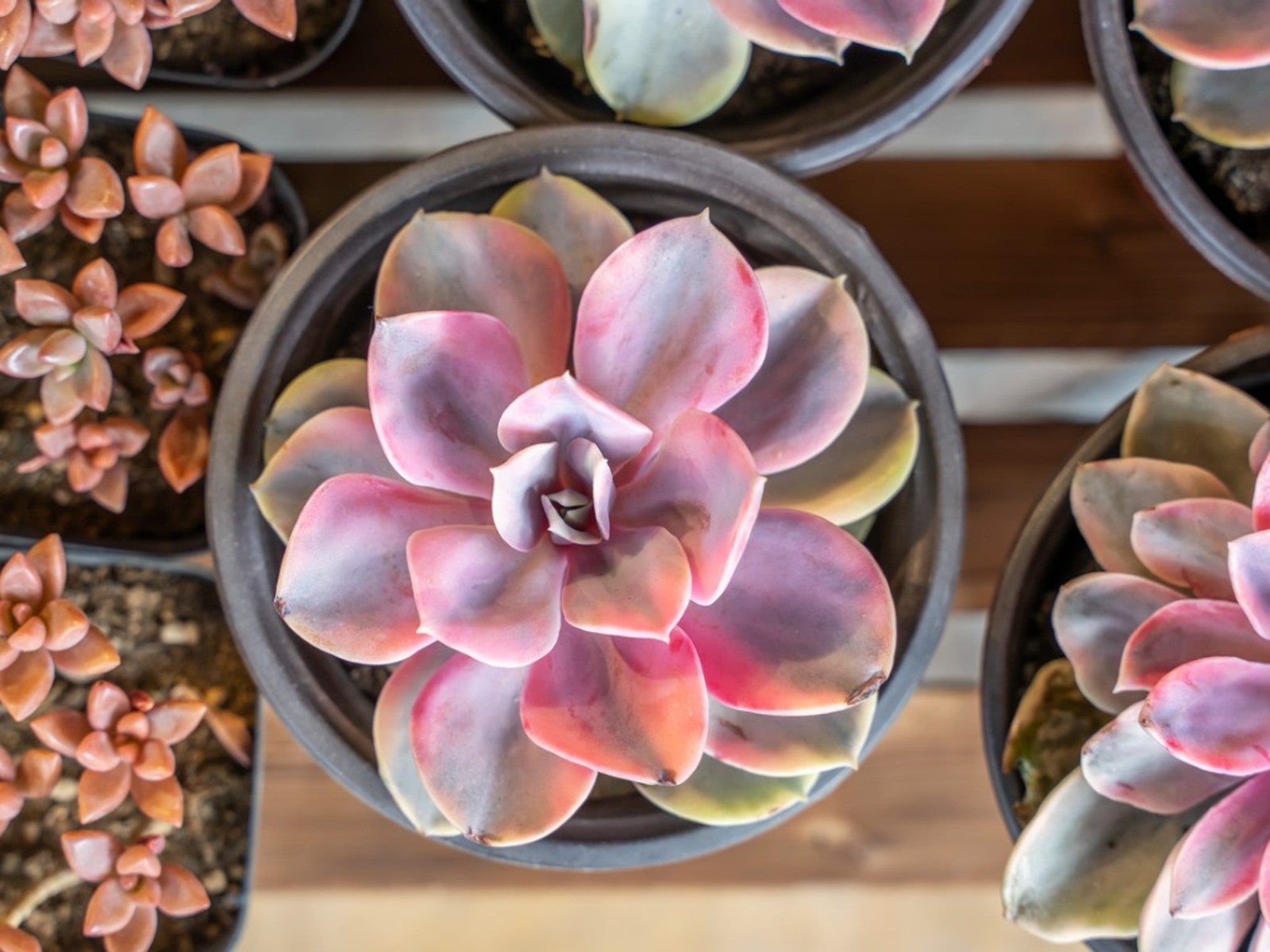 Pink Succulents Varieties To Try: How To Grow Perfect Pink Succulent Plants
Pink Succulents Varieties To Try: How To Grow Perfect Pink Succulent PlantsPink succulents may display the color on leaf edges or with streaks or blotches mingled throughout the foliage. Here are our favorites.
By Becca Badgett
-
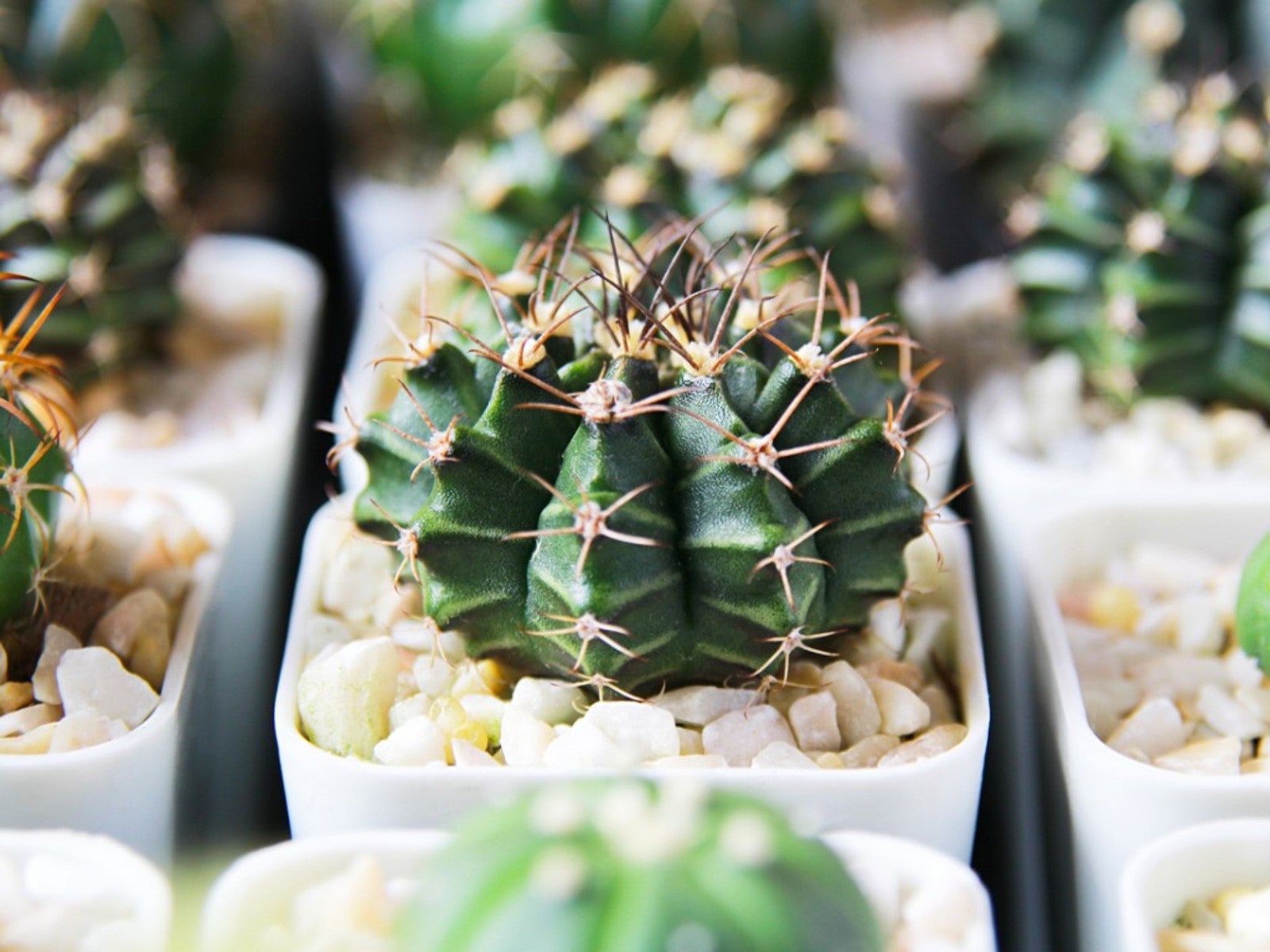 10 No Fuss Cacti - What’s The Best Low Maintenance Cactus
10 No Fuss Cacti - What’s The Best Low Maintenance CactusIf you’re thinking of adding plants to your collection, consider no fuss cacti. Click here for an easy cacti list, even for beginners.
By Becca Badgett
-
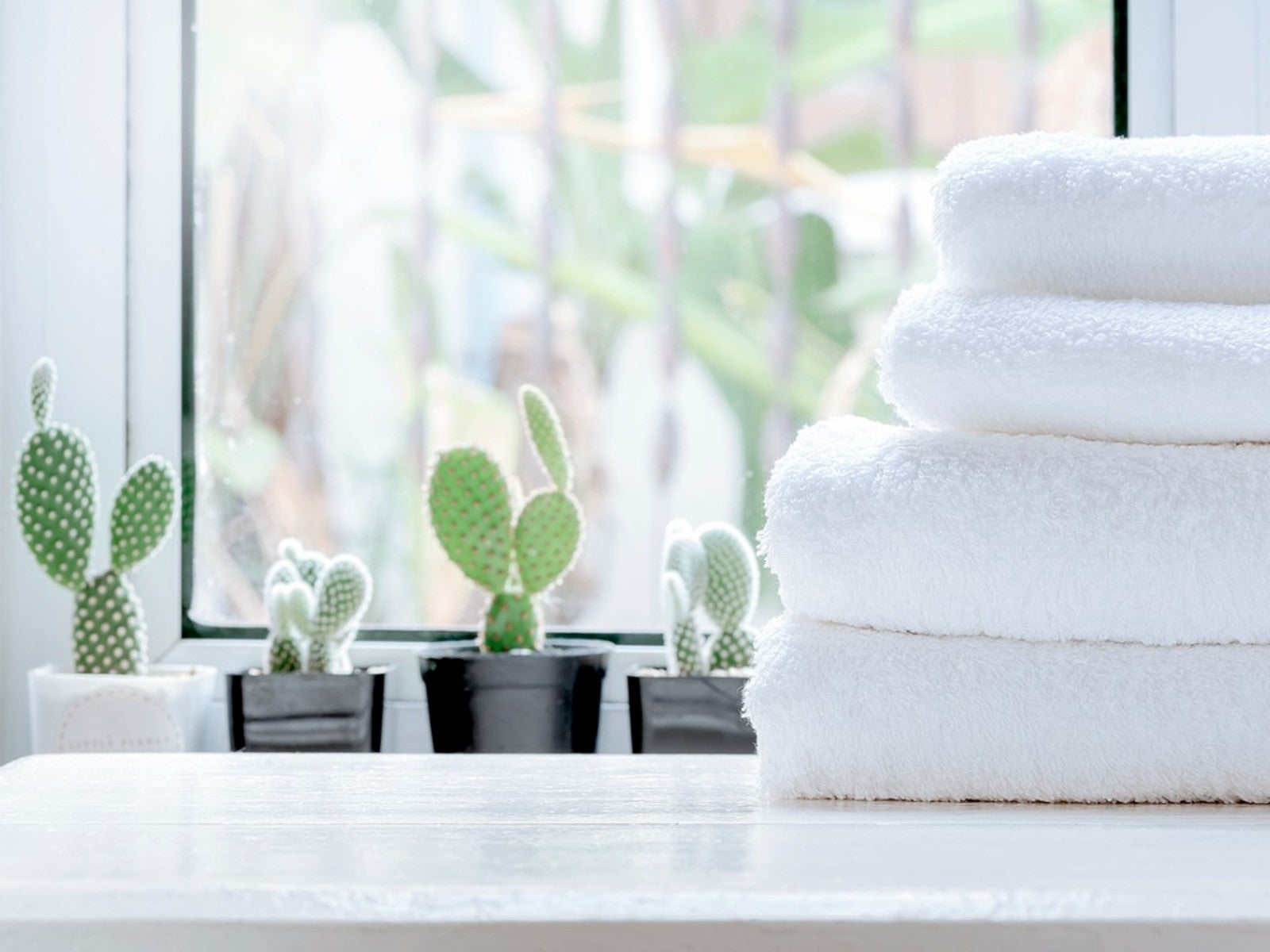 5 Best Succulents For A Bathroom
5 Best Succulents For A BathroomSome succulents can be great options for bathroom decoration. Read on for our top five bathroom succulent ideas.
By Becca Badgett
-
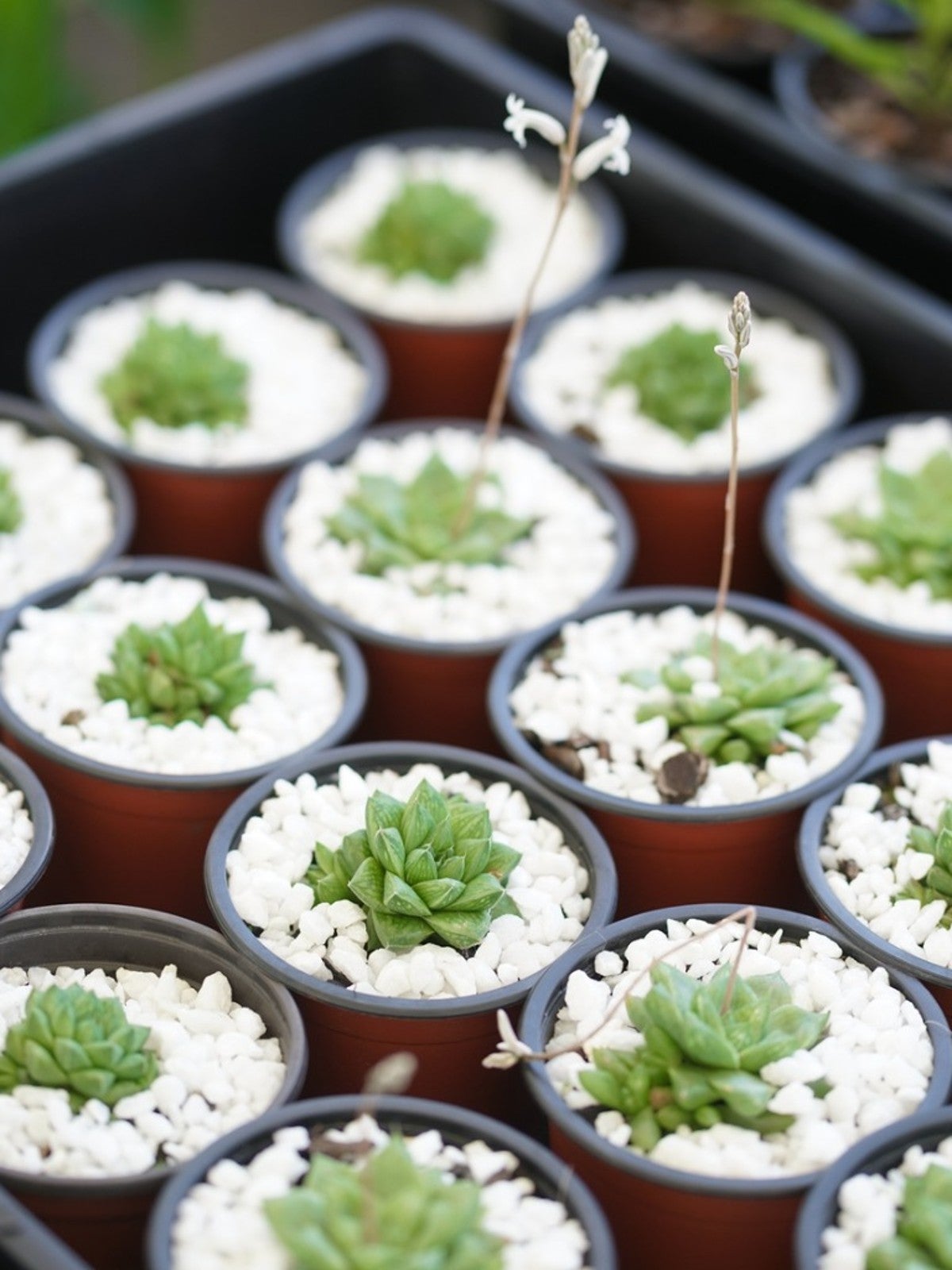 What Is A Succulent Starter Kit - Best Succulent Starter Kits
What Is A Succulent Starter Kit - Best Succulent Starter KitsWhile garden kits are not the most inexpensive option for growing succulents, they do include everything you’ll need. Grow succulents from seed by using a succulent seed starter kit to learn the process and to check your results.
By Becca Badgett
-
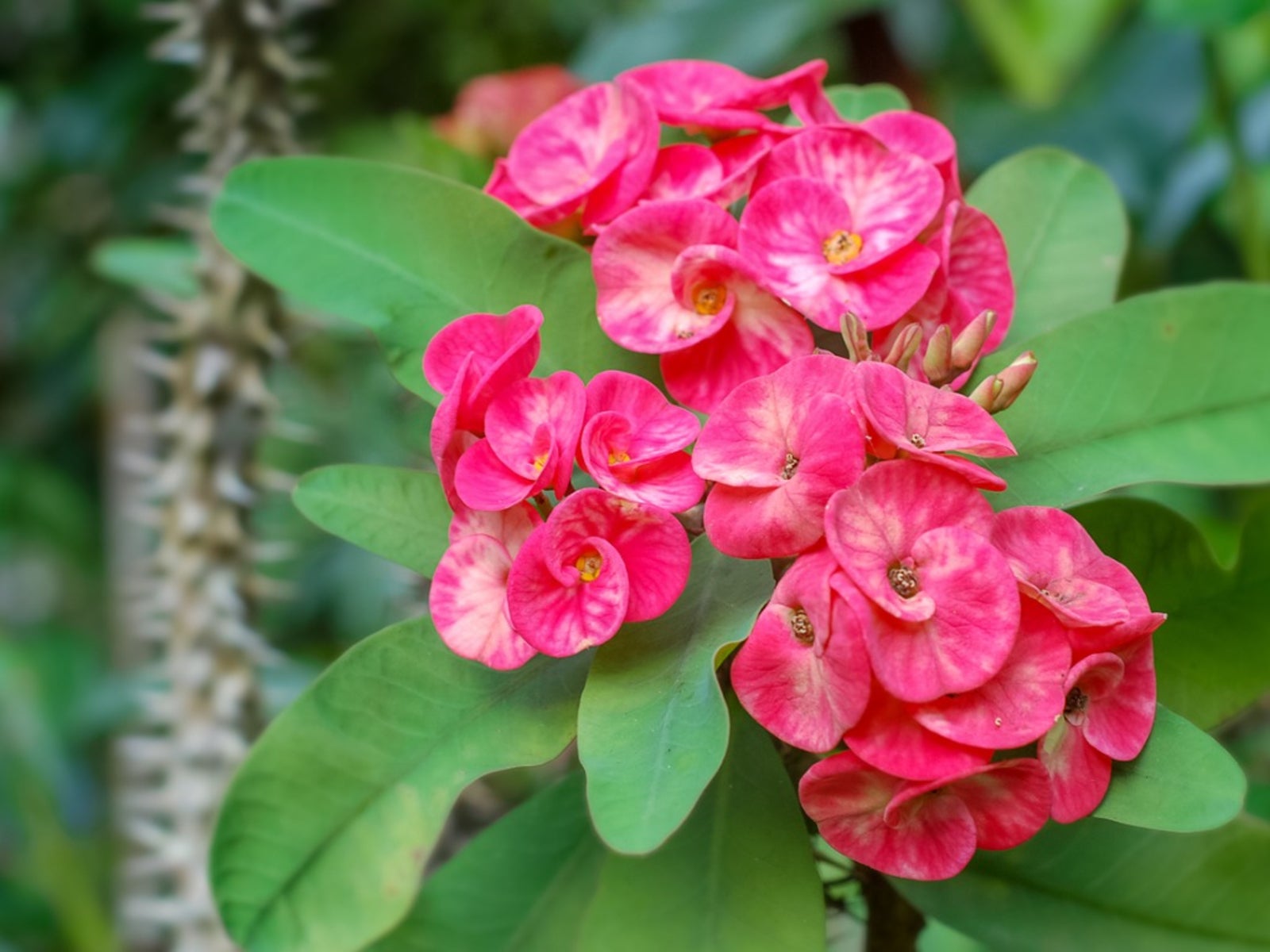 Dazzling Succulents - Succulents With Striking Flowers
Dazzling Succulents - Succulents With Striking FlowersWhen you think of succulents you may just envision their unique leaves and stems. But succulents also produce bright and bold flowers in the right conditions. Read on to learn more.
By Bonnie L. Grant